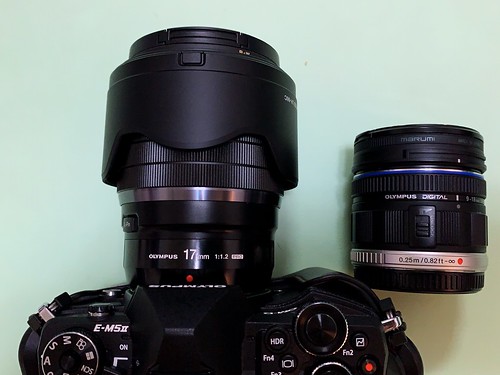Normal threat assessment solutions for chemical mixtures. Certainly the dual NRC
Standard danger assessment strategies for chemical mixtures. Certainly the dual NRC (2009) suggestions to use lowdose linear extrapolation as a default for nonSCD inhibitor 1 cancer toxicity, and as the preferred default approach for harmonization, perform against US EPA’s mixtures suggestions that advise adding person chemical dose esponse assessments together in the form of a HI. On the two diverse NRC (2007a, 2009) approaches to harmonization of cancer and noncancer danger assessment, the method advisable by the NRC (2007a) and other people, to harmonize utilizing MOA as the organizing principle, seems scientifically stronger. By relying on MOA as the harmonizing principle, the focus is a lot more around the relevant biology as opposed to mathematical or statistical tools. A helpful instance of this preferred method to cancer and noncancer risk assessments primarily based on US EPA (2005) guidance is identified within the published propylene oxide (PO) cancer MOA threat assessment (Sweeney et al 2009). PO is often a nasal respiratory irritant, as well as the PO cancer MOA is often a complicated series of biological responses driven by PO induction of serious, sustained GSH depletion in target rat nasal mucosa, which results in nasal respiratory epithelial cell proliferation concomitant with substantial irritation, and eventually to nasal tumors. The induction of cell proliferation and nasal irritation is identified because the critical important occasion and has been characterized a having a “practical threshold”; hence the harmonized cancernoncancer risk assessment relies on determination of exposure limits low sufficient to guard PubMed ID:https://www.ncbi.nlm.nih.gov/pubmed/26767285 against induction of nasal irritation, that will then safeguard from both noncancer and cancer effects (Sweeney et al 2009). Within this case, the MOA primarily based on sustained cell proliferation was utilized to inform the danger assessment despite the fact that PO is capable of causing genetic damage. The authors concluded that the MOA data had been enough in this case to justify a threshold model for dose esponse assessment, instead of the default linear nothreshold model. A number of authoritative bodies have cited this short article and have accepted the threshold MOA for POinduced cancer, such as the European Union Scientific Committee on Occupational Exposure Levels (SCOEL, 200) plus  the German MAK Commission (MAK, 202). Dose esponse modeling Linear extrapolation is really a default policy selection that is intended to be healthprotective in the face of uncertainties. Its use in this regard is viewed as to guard public overall health. Having said that, many demonstrated nonlinearities or thresholds exist within the biology of cancer, even for chemical substances acting through a mutagenic MOA. Such nonlinearities or thresholds can occur as a result of several biological processes, like uptake, transport, metabolism, excretion, receptor binding and DNA repair and also other cellular defense mechanisms. As a result,M. Dourson et al.Crit Rev Toxicol, 203; 43(six): 467when contemplating the whole dose esponse curve, linear extrapolation from the apical endpoint of cancer needs to become meticulously regarded as in connection for the available evidence relating to the MOA plus the resulting shape with the doseresponse curve (Dourson Haber, 200; Hattis, 990; Slikker et al 2004a). The emphasis on MOA, then, just isn’t figuring out regardless of whether nonlinearities or thresholds exist, but a lot more on how most effective to capture contemporary know-how and understanding on the underlying biology connected to the chemical’s dose esponse curve and its ultimate relevance to adverse wellness outcomes. Slikker et al. (2004.
the German MAK Commission (MAK, 202). Dose esponse modeling Linear extrapolation is really a default policy selection that is intended to be healthprotective in the face of uncertainties. Its use in this regard is viewed as to guard public overall health. Having said that, many demonstrated nonlinearities or thresholds exist within the biology of cancer, even for chemical substances acting through a mutagenic MOA. Such nonlinearities or thresholds can occur as a result of several biological processes, like uptake, transport, metabolism, excretion, receptor binding and DNA repair and also other cellular defense mechanisms. As a result,M. Dourson et al.Crit Rev Toxicol, 203; 43(six): 467when contemplating the whole dose esponse curve, linear extrapolation from the apical endpoint of cancer needs to become meticulously regarded as in connection for the available evidence relating to the MOA plus the resulting shape with the doseresponse curve (Dourson Haber, 200; Hattis, 990; Slikker et al 2004a). The emphasis on MOA, then, just isn’t figuring out regardless of whether nonlinearities or thresholds exist, but a lot more on how most effective to capture contemporary know-how and understanding on the underlying biology connected to the chemical’s dose esponse curve and its ultimate relevance to adverse wellness outcomes. Slikker et al. (2004.